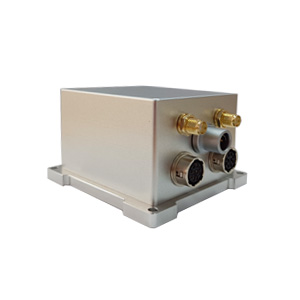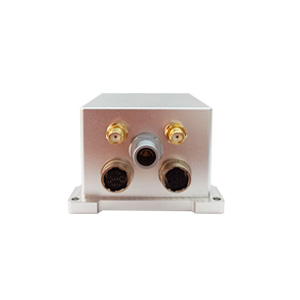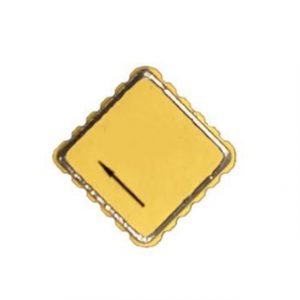GNSS satellite refresh rate is low and the signal is easily blocked or interrupted, resulting in GNSS signal loss. The integrated navigation system of GNSS+INS can make up for these problems, and the high-precision INS can keep working in a short time when GNSS loses lock.
GNSS+INS combined navigation is widely used in large unmanned aerial vehicles, mobile mapping, geographic information collection, urban intelligent transportation and other applications due to its sustainable navigation, high precision and high autonomy.
Our integrated navigation ER-GNSS/MINS-01 has ultra-high precision at the surveying and mapping level. It can provide continuous and high-precision position, velocity and attitude (roll, pitch and yaw) information.

**Mapping-level high-precision navigation**
The integrated navigation information provided has a roll and pitch accuracy of up to 0.01° and post-processing of 0.004°. The heading can reach 0.05°, 0.01° after post-processing, and the speed accuracy can reach 0.03m/s.
Supports RTK positioning, can automatically identify RTCM, and enter RTK state.
In the case of RTK interruption for 30 seconds, the roll and pitch accuracy can be maintained at 0.01°, and the heading accuracy can be maintained at 0.01°. The position is maintained at 0.2m and the height is maintained at 0.08m.
**High-precision core components**
Built-in high-performance navigation-grade MEMS gyroscope and accelerometer, the gyroscope measurement range is ±200°/s, and the bias instability is <0.02°/h. The accelerometer measurement range is ±60g, and the bias instability (Allen curve) is <2ug.
**Full-band full-system**
The built-in dual-antenna positioning and orientation GNSS module supports all major global satellite navigation systems (GPS/BDS/GLONASS/Galileo/QZSS), and can perform high-precision and rapid positioning and orientation. At the same time, it is compatible with all frequency points, and can obtain the best positioning effect at any location in the world.
The built-in satellite receiver has strong anti-interference ability, can still provide accurate positioning in complex electromagnetic environments, and also supports a variety of communication interfaces.
**Small size and light weight**
The size is only 65×70×45.5mm, the weight is less than 300g, and the aluminum alloy shell is used to ensure reliability. And the operating temperature range can reach -40°C to 80°C, which is suitable for most working environments.
More Technical Questions
1. What Is GNSS-aided MEMS INS and How Does It Work?
2. How to Improve the Performance of MEMS Inertial Navigation Systems?
3. Why Should We Use MEMS GNSS/INS?
4. Classification And Performance Improvement Of MEMS Gyroscope
5. MEMS Accelerometer Packaging Technology
6. Performance Analysis of GNSS RTK Timing







